In this blog we're going to show you:
- The steps we took to increase our average leads/mo by 4,000% with HubSpot
- How we grew our company from a 2-person firm to a 13 person agency
- How we generated an 11x increase in revenue through inbound, growing from $90,000 in annual sales to surpassing the $1mil mark in 2017
- What our internal inbound campaigns look like that generated the most growth
- Why being a HubSpot Diamond Partner has been crucial to our success
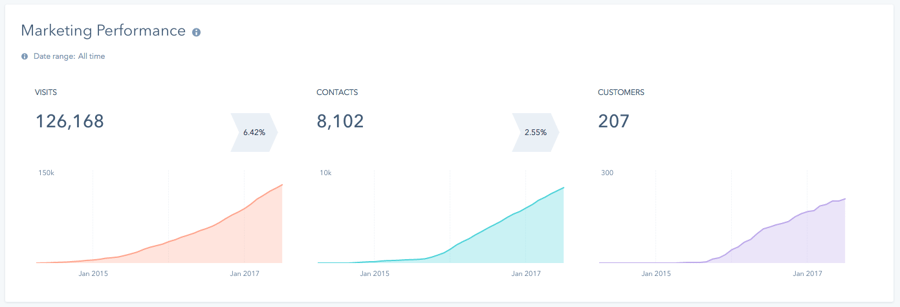
Our Diamond Story
We constantly strive to set the bar at Web Canopy Studio, and because of that, we have to drink our own kool-aid as well. We have a number of client success stories to share that are available on our site and our blog. However - just for today - we’re going to highlight our own success story, and how we climbed to “Diamond” with HubSpot.
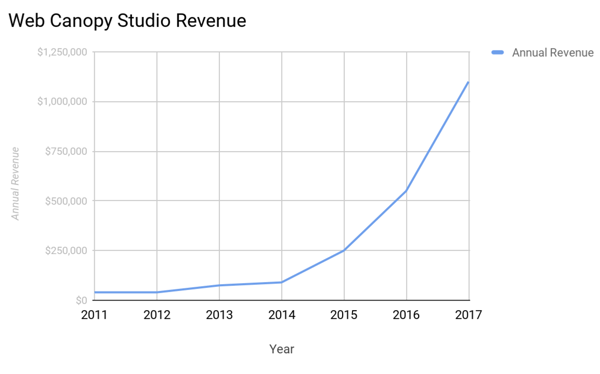
It sounds silly at first. in 2014 and early 2015, we were unsure of what we should be doing with our own lead generation. We, too, thought that inbound marketing and lead generation offers were limited to some of the general ideas that everyone is doing: Writing ebooks, white papers, guides, webinars, etc., and putting them behind a landing page. What we didn’t realize at the time was that a lead can come from virtually anywhere; it’s just about getting in front of them on their level, where they are active.
We discovered very quickly in our journey with HubSpot that we had a strong suit hidden in the COS and website development. We were doing some development work on the platform, primarily building templates and styling them in really smart ways for users (our clients) to easily handle once we made the hand-off back to them.
We were dabbling just a bit in the HubSpot Marketplace at the time, placing some basic templates in there for people to use if they wished. It was nothing major, and we were making a few hundred bucks a month from the sales. What was really cool though, was that a fraction of our little template sales actually turned into bigger projects.
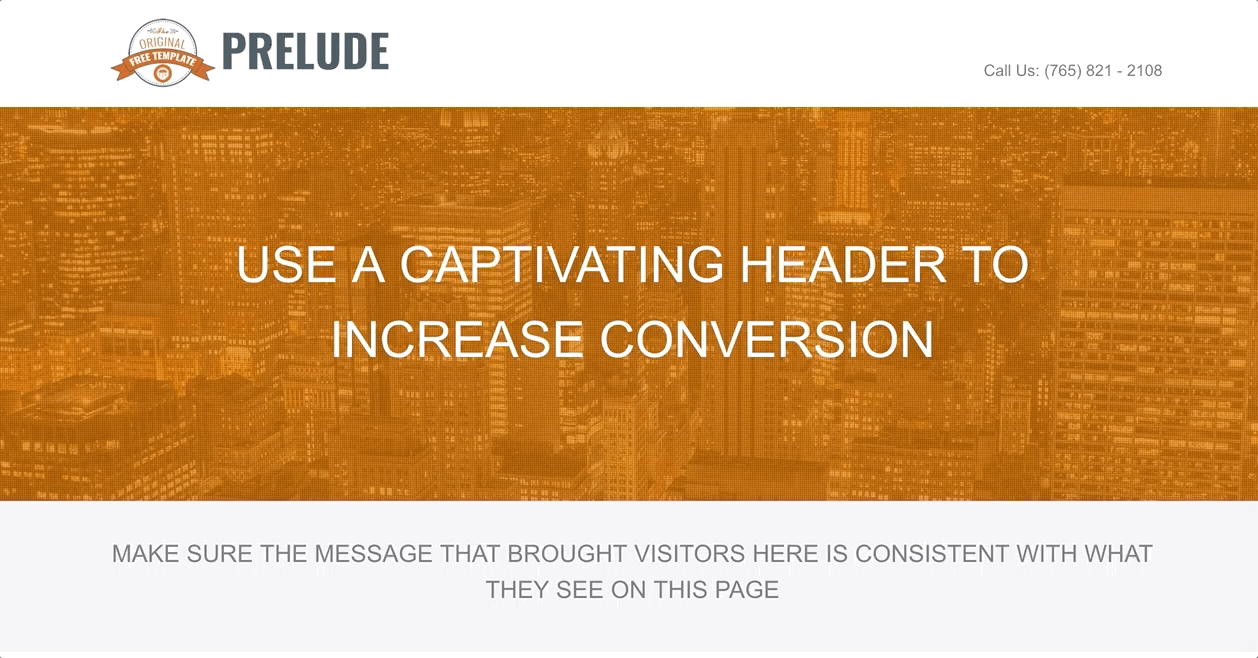
We had an issue with the marketplace at the time, however. We felt that the quality and variety of templates available to HubSpot users was lacking, and that most of the templates available were drastically overpriced. So, like any good entrepreneur would do, I decided it was time to disrupt this bitch and throw a wrench in the spokes of the marketplace. Little did I know, it would become the catalyst of much of our success with HubSpot.
We decided to test out the idea of placing really great quality templates in the marketplace completely free of charge. After all, a new HubSpot user’s first experience with the standard templates in their portal is usually not the best, so what if we give them something awesome they can use for free and start building their inbound strategies with?
Attract & Convert
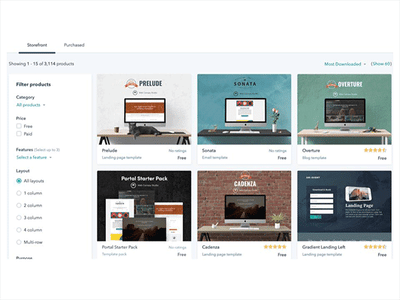
We decided to build a strategy around this idea, because we realized it really could be an inbound practice. We built a system in the Marketplace around the first two stages of the inbound methodology: Attract & Convert. Here’s how it works:
- We go to where our potential clients are congregating (the marketplace) and make sure we have content available to them that is inviting, appealing, and answers their questions (Attract).
- We provide a great value proposition (free HubSpot templates) in exchange for nothing but their contact information (Convert)
- We also give the promise of servicing these templates with a support team once the portal deposit occurs, letting them know that not only can they get a free template pack with us, but they get free assistance to help make sure the template is functioning appropriately. (How cool is that?)
The Results
We immediately found positive results. Not knowing what the implications would be of this strategy, we really had no clue what metrics would look like. The first month we generated 165 downloads, or, 165 leads. We thought to ourselves, “woah, that was better than we thought!” It was a pretty cool experience. The next two months we generated 200+... then nearly 400 the following. We very quickly were generating about 300-500 leads per month in HubSpot from our free template pack, which if you ask us, was pretty freakin’ awesome. Still today, we are generating the same amount each month. 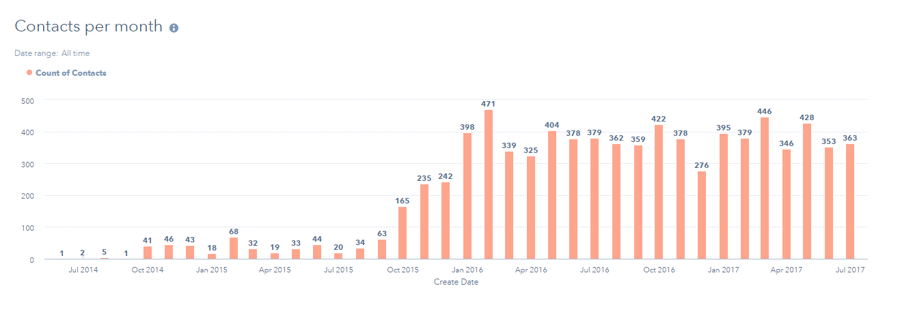
Close
We knew that generating these leads was simply half the battle. If I could make money off of simply generating leads, I’d be sitting pretty! But at the end of the day, these leads alone are not generating actual revenue for our company… though they have the potential to do so.
We had to get creative with the workflows here. We started thinking through what ways we can turn these leads into revenue. We tried a number of things up front without much luck. Trying to get them on the phone was a waste of time - no one was ready for that. Trying to sell them inbound marketing was also a waste of time, because they likely already knew about HubSpot partners and just weren’t interested or having the available cash flow to work with them. So what could we do?
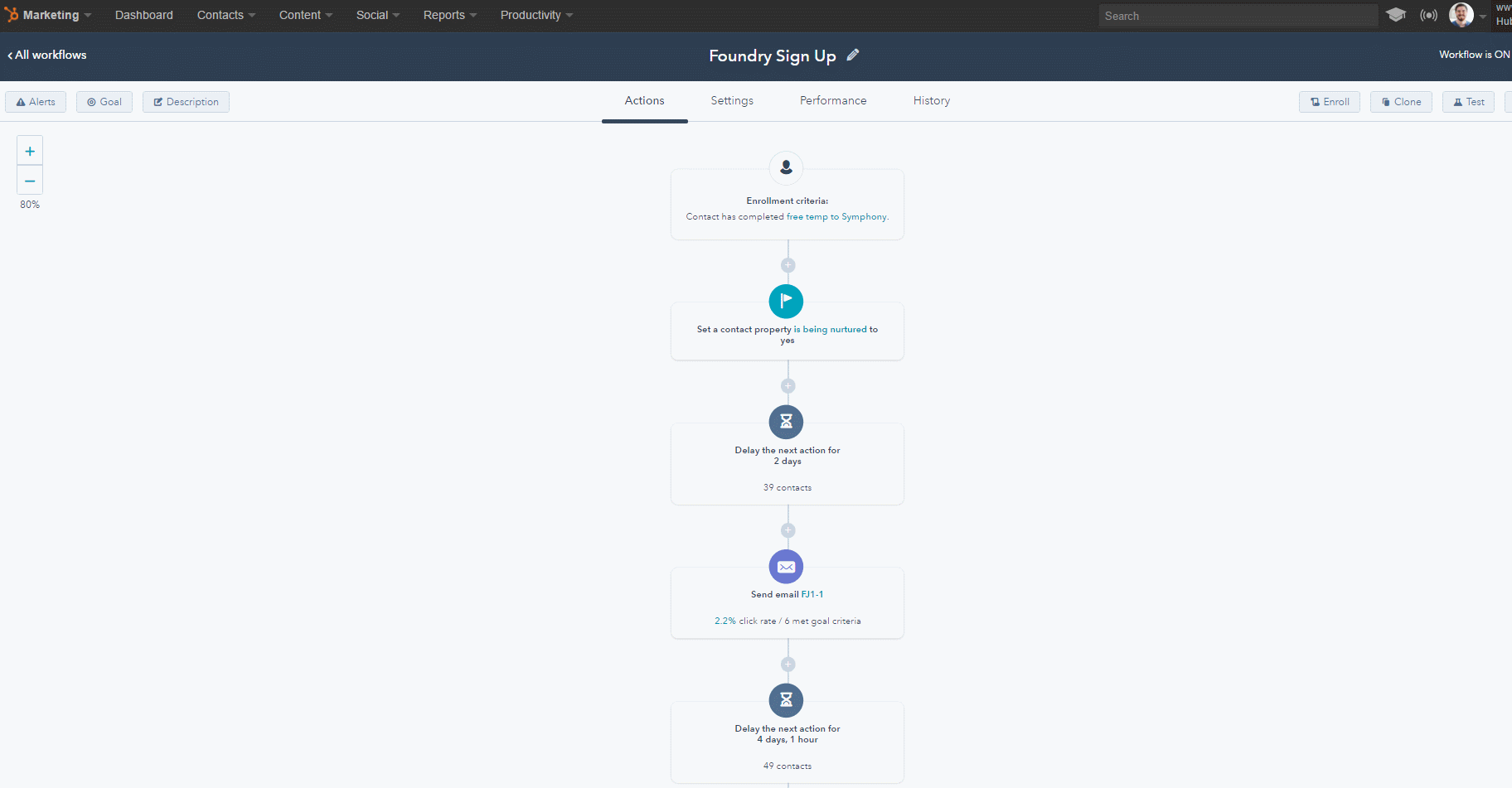
It was time to flex our HubSpot muscles and truly show our authority in the space. We had to work through what kinds of content people actually wanted to see (and what they needed) vs. how to maintain a level of helpfulness without being too sales-y. We put together a pretty powerful workflow that helped us evaluate where people were in the buyer’s journey and what their needs were based off of the kinds of links they clicked on in our emails. Throughout this process, we realized a few things:
- People did not like to buy retainers or "expensive" services (usually)
- These prospects were lost inside HubSpot
- Those that opened our emails the most were in desperate need to work with a partner
So, the nurturing aspect was going well. But the issue, in fact, was that the close just couldn’t happen. We had to come up with a solution to fill the gap where clients wouldn’t purchase. And that gap was filled with The Foundry.
The Foundry is a foot-in-the-door offer we created to help solve problems for our clients while allowing us to build trust through relationships. Instead of trying to sell them an entire 12-month retainer, we switched our approach to breaking off smaller, bite-size pieces of an inbound strategy that was almost too good to refuse.
The Foundry is a 4 week project with us. We focus a great deal on conversion rate optimization, and do extensive research with our clients to work through strategy and buyer persona development. From there, we build out an entire 3-month inbound marketing campaign outline for them, and we work through their website messaging strategy. At the end of the Foundry, we present all the material to our clients and ask... "Here is everything we've laid out for you based off of our research. You're welcome to have it and build it as you wish - or, if you'd like, we can help you implement. Would you like some help?"
Almost immediately after beginning this process, we started seeing fantastic results. We took the strategy a bit further though, because we knew if we had a large influx of clients at any given time we'd have an issue with servicing clients. Our solution?
The Early Access List
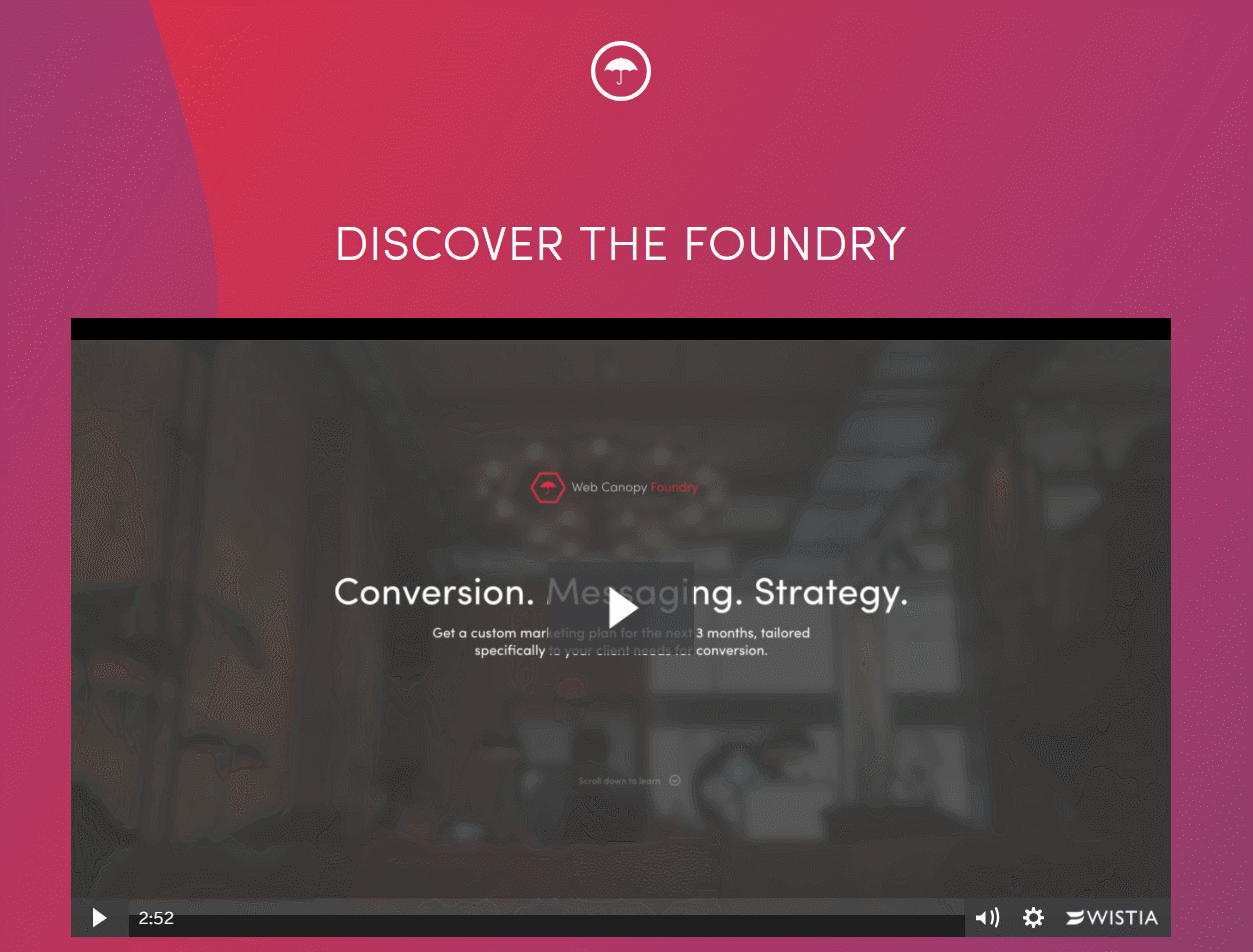 All of these nurturing workflows mentioned above lead to the Foundry. We were priming our leads for the idea that we wanted them to be introduced to our services with this small, low-barrier entry to our company. Instead of having these thousands of leads being sent to an offer to get them to buy even this service, however, we took it back yet another step. We asked them to simply sign up for a wait list, which we called "Early Access Registration."
All of these nurturing workflows mentioned above lead to the Foundry. We were priming our leads for the idea that we wanted them to be introduced to our services with this small, low-barrier entry to our company. Instead of having these thousands of leads being sent to an offer to get them to buy even this service, however, we took it back yet another step. We asked them to simply sign up for a wait list, which we called "Early Access Registration."
We only wanted to open the Foundry up 4 times per year, so once a quarter. This allowed us to control the number of projects coming in so our staffing wasn't going to get overwhelmed, and we weren't going to be in the situation of needing to hire for small projects (only when we converted them to long term retainers). This in turn created scarcity, and a sense of urgency. It also helped take the pressure off the price, which was $3575 at the time (now $1,000 more).
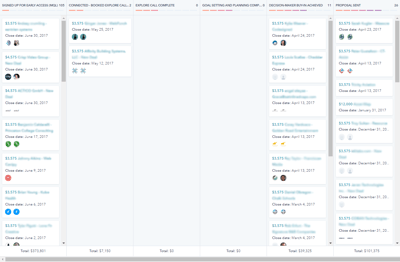 In the first 3 months of starting this process, we had 93 people sign up for early access. We sold 5 Foundry projects right out of the gate when we opened it up. From those 5, we landed 3 into either an inbound retainer or a growth driven design retainer.
In the first 3 months of starting this process, we had 93 people sign up for early access. We sold 5 Foundry projects right out of the gate when we opened it up. From those 5, we landed 3 into either an inbound retainer or a growth driven design retainer.
Sales Enablement
Now, we've added in many of the new features of sales enablement as we attempt to close the gap even further between marketing and sales. We've changed our Foundry page to invite users to book a time through the meetings calendar directly with a sales rep. We're exploring live chat with visitors to help answer their questions. We begin enrolling contacts into sequences, and we're tracking them in deals as we work through their Foundry sales experience with us.
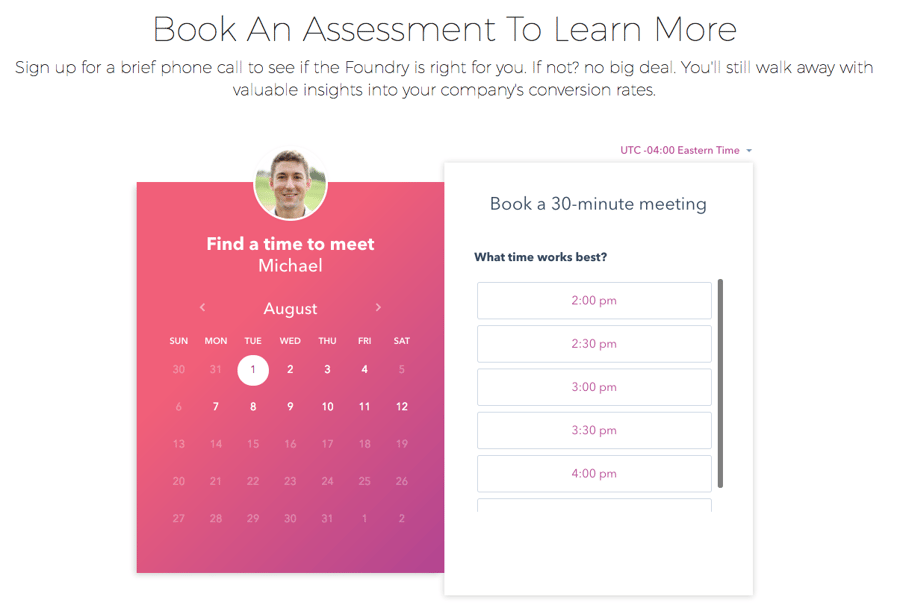
Delight
From there, it's time for our team to deliver. Around the same time we built this Foundry process, we started implementing Scrum. This concept was extremely crucial to the success of our company because we had no formal system of project management in place. We'd have the client come in, assign them an account rep, and just start working the project.
With Scrum it's a completely different system that sets up the project team for success from the beginning, and allows the client to be involved with clarity every step of the way.
Instead of giving multiple projects to one person (an account manager), we flip that concept and give multiple people to one project. Our Scrum "pod" is consisted of two website developers, two inbound marketers, an account manager (scrum master), and a flex developer/marketer. We have our product owner who sits outside of the pod. Their role is to act as "the client" inside our office. This has been so beneficial because the team must "win over" the product owner with their efforts and results before it goes to the client. Knowing that our team has internal standards to meet allows us to adapt quickly and to have some solid level of expectations within our own pods. We work in week (sometimes two-week) long sprints and give clients the capacity to see what everyone in our team is doing for them in each sprint.
It's through these efforts that we've been able to grow our revenue by the percentages we have. If anything, I think this path has been nothing but a series of failures on our part, highlighting the way we learn and adapt to correct the issues. We couldn't generate leads, so we adapted. We couldn't land clients, so we adapted. We couldn't convert clients into retainers, so we adapted. We couldn't service clients effectively in project management, so we adapted.
Next Up
We're expanding our offices and opening a second location in Traverse City, Michigan. We have begun staffing in the area, and we look forward to continuing growth.
We're still trying to figure this whole "business" thing out, but we're seeing success along the way and having one hell of a time getting there.



